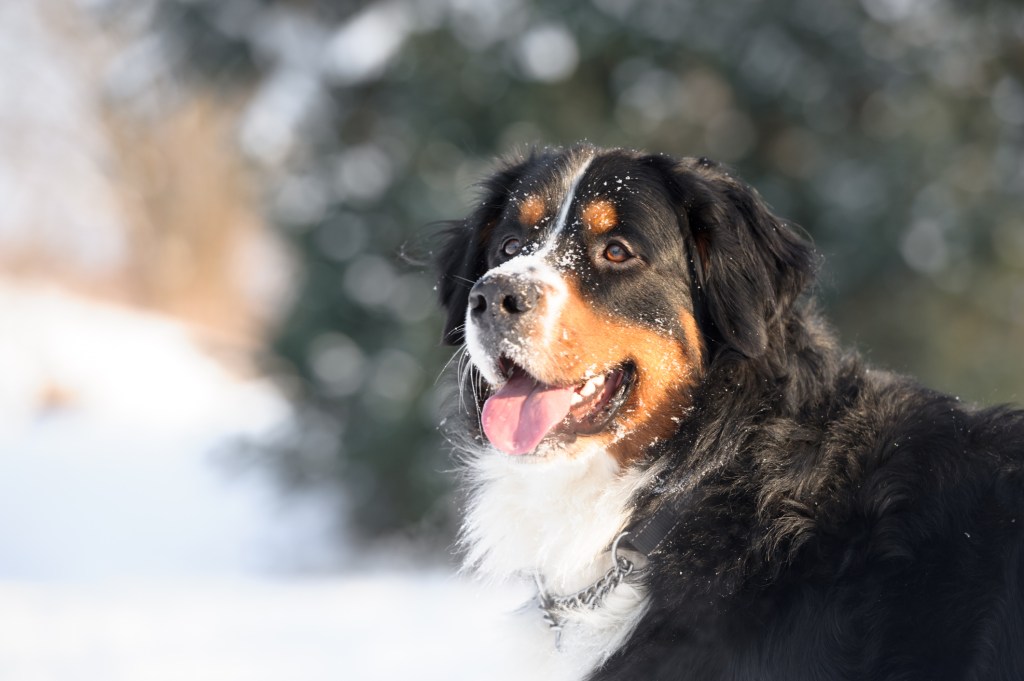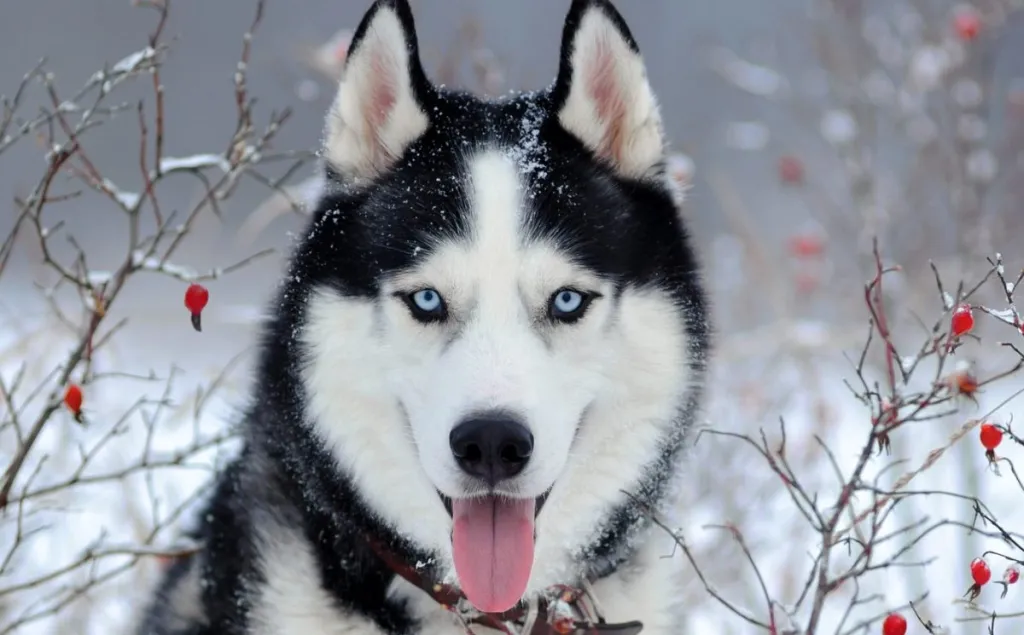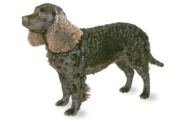Several dog breeds are naturally equipped to tolerate cold weather and climates, thanks to their thick coats, sturdy builds, and unique adaptations. Some breeds from snowy climates and mountainous regions may immediately come to mind, like the Siberian Husky, Alaskan Malamute, and Bernese Mountain Dog. Renowned for their cold tolerance and ability to excel in snowy environments, these cold-weather breeds not only tolerate freezing temperatures but may be happiest in the chill. Thanks to dense double coats that provide excellent insulation against the cold, they have no trouble adapting when the temperatures drop.
Additionally, these dogs may have a higher body fat percentage have a built-in layer of insulation that helps retain body heat in cold weather. Physical attributes also play a role in cold tolerance, enabling dogs to navigate snowy or icy terrain with ease. Certain breeds may have specialized adaptations, such as furry feet for traction on slippery surfaces or water-resistant coats for protection against moisture and wind chill. Moreover, a dog’s natural instincts, such as seeking shelter or burrowing in the snow for warmth, can further enhance their ability to tolerate cold weather.
Safety tips for cold-weather breeds

Although come breeds may easily tolerate cold weather, it’s important to research temperature guidelines for safety. For cold-weather breeds such as the Siberian Husky, Alaskan Malamute, and Samoyed, provide adequate protection and care during cold weather. Ensure they have access to shelter from the elements, such as a well-insulated dog house or a warm indoor space, particularly during extreme weather conditions. Keep outdoor excursions brief and monitor your dog closely for signs of discomfort or frostbite, paying attention to their ears, paw pads, and tail. Consider using protective paw wax or booties to shield their feet from ice and salt. Additionally, adjust their diet to provide extra calories during colder months to support their energy needs.

























